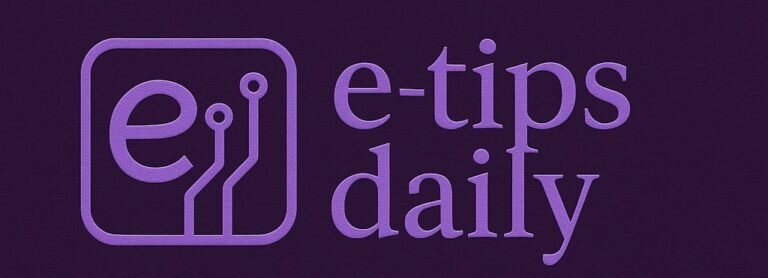Leonardo.Ai is one of the most advanced AI art generators available in 2025. Whether you’re a digital artist, game developer, or marketer, Leonardo empowers you to create professional visuals using simple text prompts. Thanks to its blend of powerful models, canvas editing, animation tools, and custom training features, it’s a go-to platform for anyone looking to generate high-quality, style-consistent artwork.
Step-by-Step Guide to Using Leonardo.Ai
- Sign Up and Log In
Visit app.leonardo.ai and sign up for a free account. You’ll receive 150 fast tokens daily, enough for 30–75 images depending on model use. - Enter the Image Creation Page
Click “Image Generation” > “Classic” or “Flow State” to start your prompt-based artwork. Use “Improve Your Prompt” to enhance your description automatically. - Choose a Model
Select from models like Phoenix, Vision XL, Flux Kontext, or Anime XL depending on your desired style. Each model serves different aesthetic goals. - Adjust Prompt Settings
- Enable Prompt Magic (~0.75 strength).
- Set Guidance Scale around 7–9 for tighter prompt adherence.
- Use RAW mode for detailed prompts (paid tier).
- Match Aspect Ratio to the Model
Use dimensions like 1024×768 for Diffusion XL to maintain visual clarity. Matching the model’s native ratio helps avoid distortion. - Generate Your Image
Click “Generate” and wait a few seconds. The image appears in your library, ready for download or editing. - Refine with AI Canvas
Open the image in AI Canvas or Realtime Canvas to erase, sketch, or adjust parts of the image. This tool is great for correcting anatomy, fixing backgrounds, or merging compositions. - Use Style or Content References
For consistent branding or character styling, use Style Reference or Content Reference tools to guide new generations to match existing designs. - Enhance with Ultra Upscaler
Want HD quality? Use the Ultra Upscaler tool to enhance resolution and sharpness—great for print or large-format visuals. - Animate with Motion 2.0 (Optional)
On a paid plan? Turn stills into short looping animations using Motion 2.0 with stylized transitions and camera-like movement. - Download or Share
Export your final image or video asset. Use in commercial projects with proper licensing (available in paid tiers).
Pro Tips & Workflow Improvements
- Use Tile Mode for seamless patterns—perfect for textiles or product designs.
- Match Prompt Style: Keep your tone, descriptors, and phrasing consistent across generations for visual coherence.
- Train Custom Models: Upload your own datasets for brand-specific or character-specific image generation.
- Check the Token Cost before generating; some models consume more.
- Duplicate & Iterate from high-performing prompts for variation sets.
Advanced Use Case: Brand Asset Generation
Want a uniform look for product mockups or ads?
- Use Style Reference + Prompt Magic
- Train a custom model with branded visuals
- Export in bulk with consistent lighting and angles
- Use AI Canvas to tweak layouts post-generation
Troubleshooting & Common Mistakes
- Distorted Faces/Hands: Fix in AI Canvas or lower Guidance setting.
- Ignored Negative Prompts: Not always respected—try clearer, more specific wording.
- Token Limit Hit: Wait for next-day reset or upgrade to paid tier.
- Low-Quality Outputs: Try different models or improve your prompt structure.
- Inconsistent Style: Use reference tools or reduce randomness in generation.
Conclusion
Leonardo.Ai gives you the tools to create stunning visuals with ease. From concept art to animated loops, it’s powerful, fast, and flexible. With the right techniques and a bit of practice, you can produce artwork that rivals hand-drawn illustrations in both quality and creativity.
Try experimenting with different models, prompt styles, and editing tools. Want to go further? Explore our guides on prompt engineering, video generation, or custom model training next!

